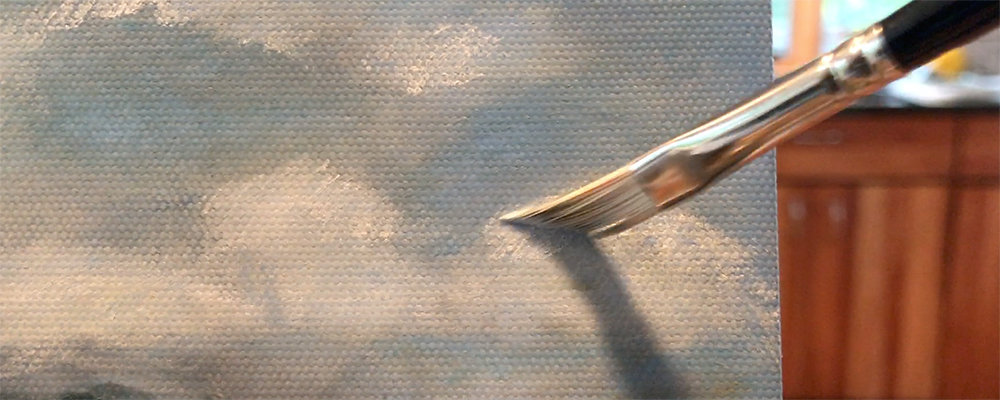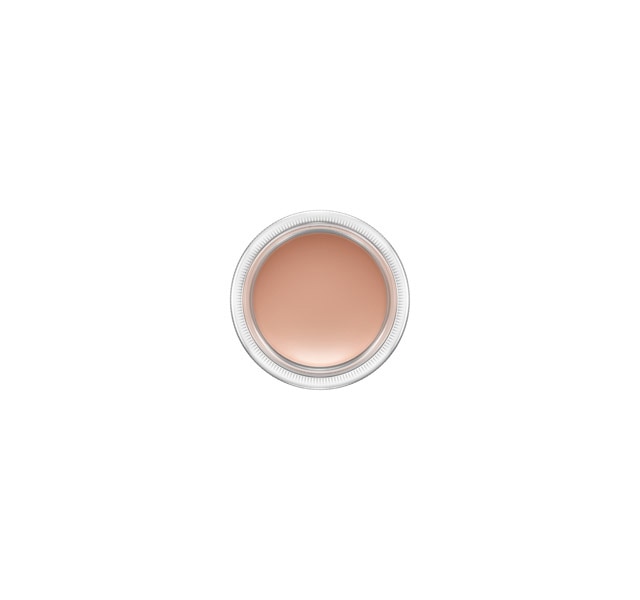


I provoke optical illusions, chromatic aberrations, I play with scales. So the reflections came out of a desire to change the way the camera records reality. Because human vision is much more complex and blurred than a well exposed photo. Because I wanted to show things differently, in a complex way. But rather than catching up on my technical skills, I made a list of all the mistakes that a good photographer should not make and I worked hard to include them in my practice. PAUL ROUSTEAU : I went to study photography in Vevey, Switzerland, a great school, very professional, with a high level of technical requirements. How did this idea of distortion come into your work?

THE LIGHT OBSERVER : There is often movement in your compositions and the impression of looking at the photographic subject through a filter, sometimes reminiscent of an aquarium or a distorting lens. We spoke to him about serendipity, his punk approach to digital and the inspiration he finds in painting. Navigating between figuration and abstraction, painting and digital art, Paul Rousteau has developed his own aesthetic: enigmatic figures bordering on hallucinations that seem like they’re straight from the pages of a waterlogged photo album. Don’t expect sharp in-focus pictures, his photographs challenge our perception. Paul Rousteau is a young French photographer whose approach is based on experimentation.


 0 kommentar(er)
0 kommentar(er)
